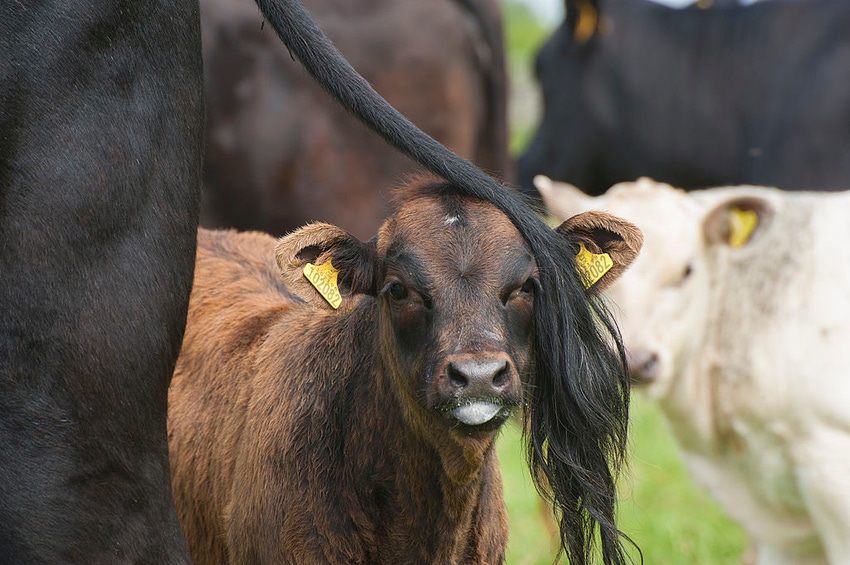The overall number of cattle on feed is up slightly from a year ago.
February 3, 2021

The cattle report was released from the USDA Jan. 29, it conveyed that inventory levels are slightly lower than a year ago. There were some revisions to prior estimates, but overall the levels were in line with trade expectations. The main takeaways were the stabilization of inventories, the smaller calf crop and fewer cattle outside of feedlots. The inventory levels have increased or consolidated in the plains states, stretching from North Dakota to Texas, with levels generally lower elsewhere.
The overall inventory on Jan. 1, 2021 was 93.6 million head. For the beef sector, the number of beef cows was down slightly while the number of beef replacement heifers was up slightly. Thus, there is no clear expansion or contraction indication. In states with the largest beef cow numbers, inventory levels are up sharply in Texas and Oklahoma, and lower in Missouri. The continuing drought conditions in the western United States would just be starting to be reflected in these numbers. Cow slaughter would be a metric to follow in the months ahead, especially following calving this spring. For the dairy sector, the opposite is happening with more cows and fewer replacements. Cow inventory levels were steady in California and Wisconsin, the states with the largest dairy cow numbers.
The overall number of cattle on feed is up slightly from a year ago. The increase is consistent with the Cattle on Feed report that had January 1 levels up among large feedlots. The Cattle report gives the levels that includes small feedlots, those with fewer than 1,000 head. The total inventory is higher among both categories. Iowa has the largest inventory in smaller feedlots. Large feedlots there have an inventory level the same as last year, but the small lots have a lower inventory level.
Nationally, the dry conditions in the western United States may have resulted in the increase in placements. At the same time, the heifer mix in feedlots is lower than a year ago, a weak indicator of herd expansion. The number of cattle grazing wheat pastures is higher than last year, consistent with lower on-feed totals in Texas and Oklahoma. Kansas, in contrast, has a higher on-feed total.
Back in July, the 2020 calf crop was estimated at 35.8 million head. The current report had the calf crop sharply lower at 35.1 million head. The smaller supply of calves would be supportive of all classes of cattle prices moving forward. In the short run the higher placements level means a smaller supply of feeder cattle outside of feedlots. This should be supportive of feeder cattle prices for the first half of 2021. The dry conditions in the western United States may result in cattle moving east. Steady beef cow and replacement totals suggest a steady calf crop in 2021, which is also supportive of price in the second half of 2021.
Source: South Dakota State University, which is solely responsible for the information provided and is wholly owned by the source. Informa Business Media and all its subsidiaries are not responsible for any of the content contained in this information asset.
You May Also Like



